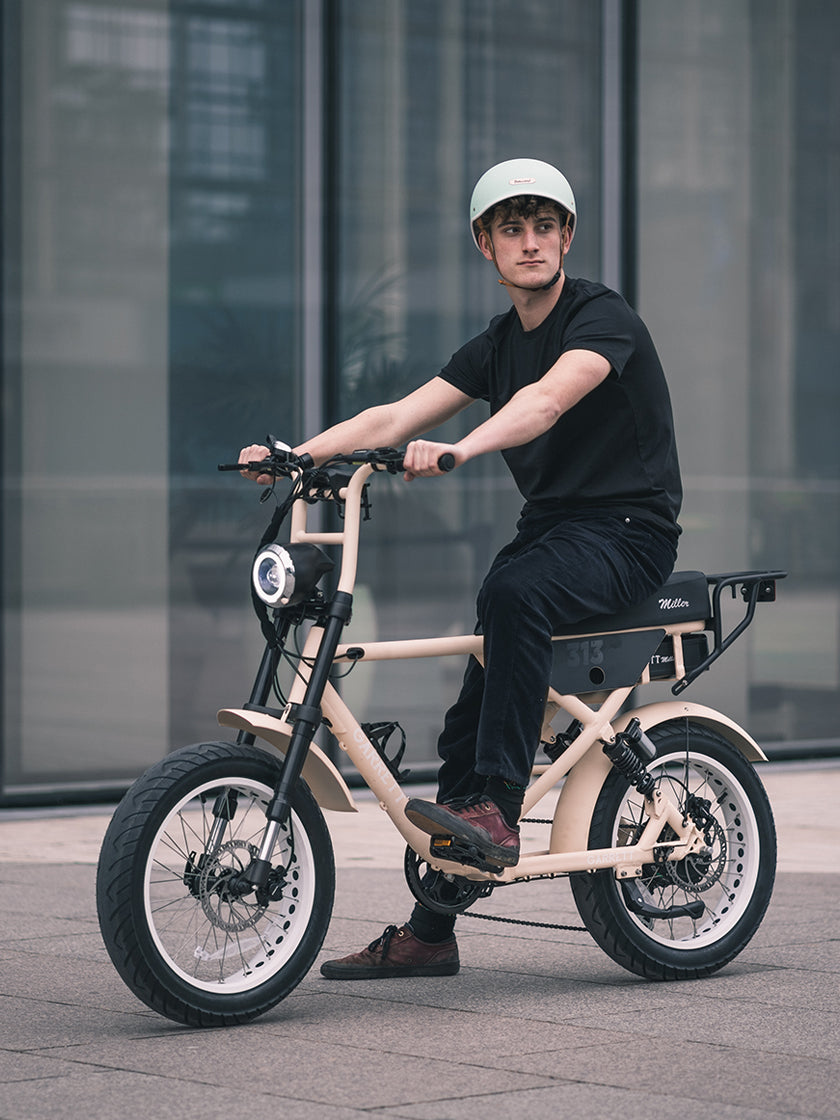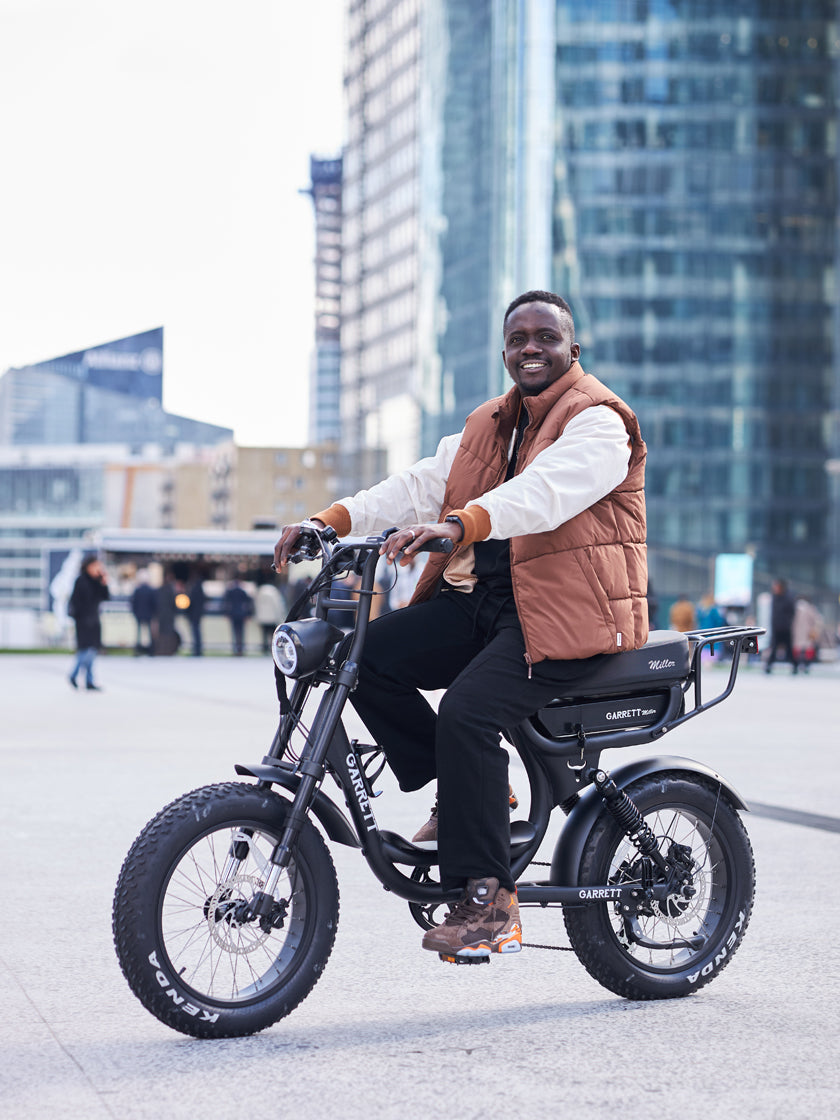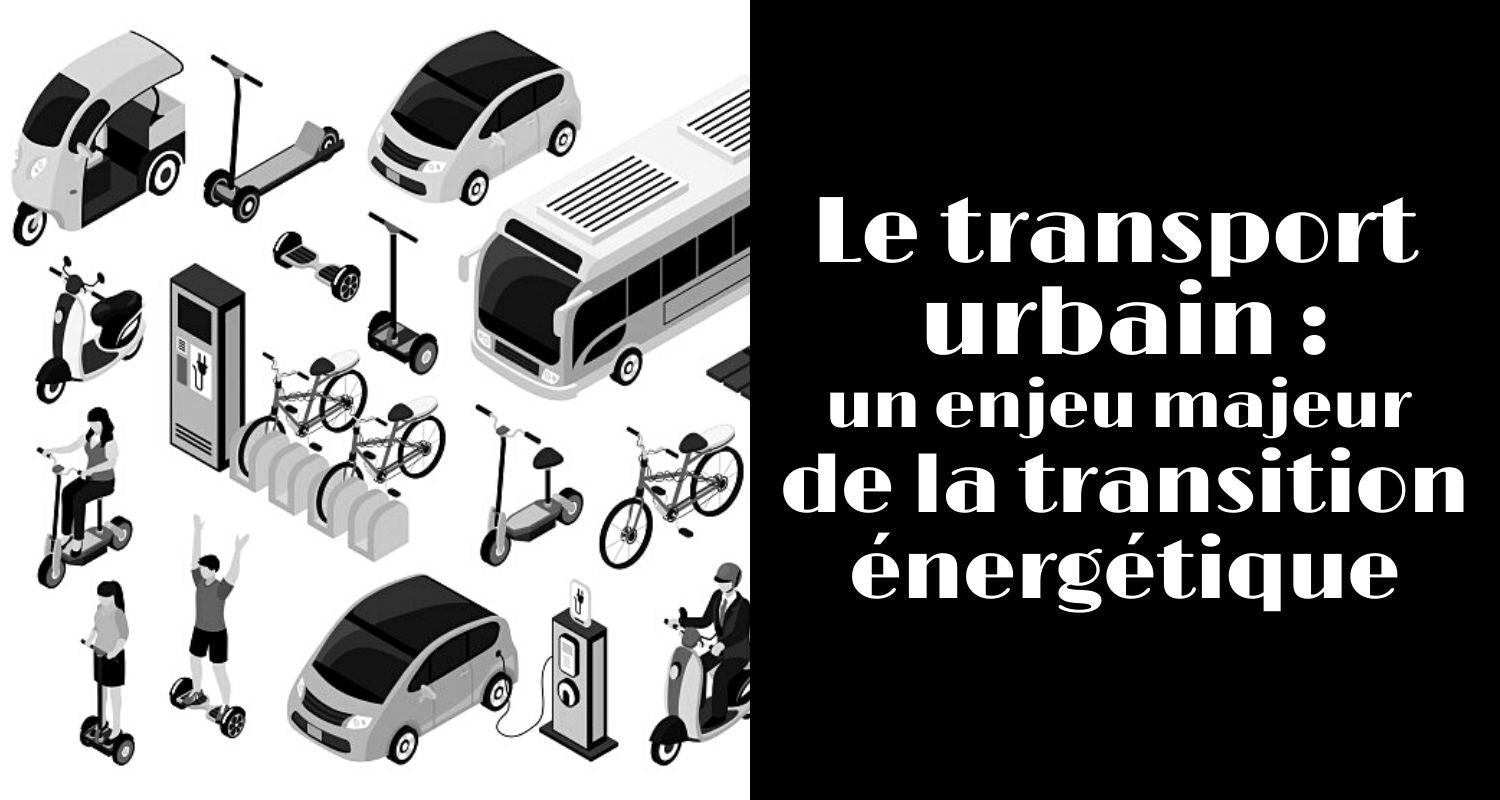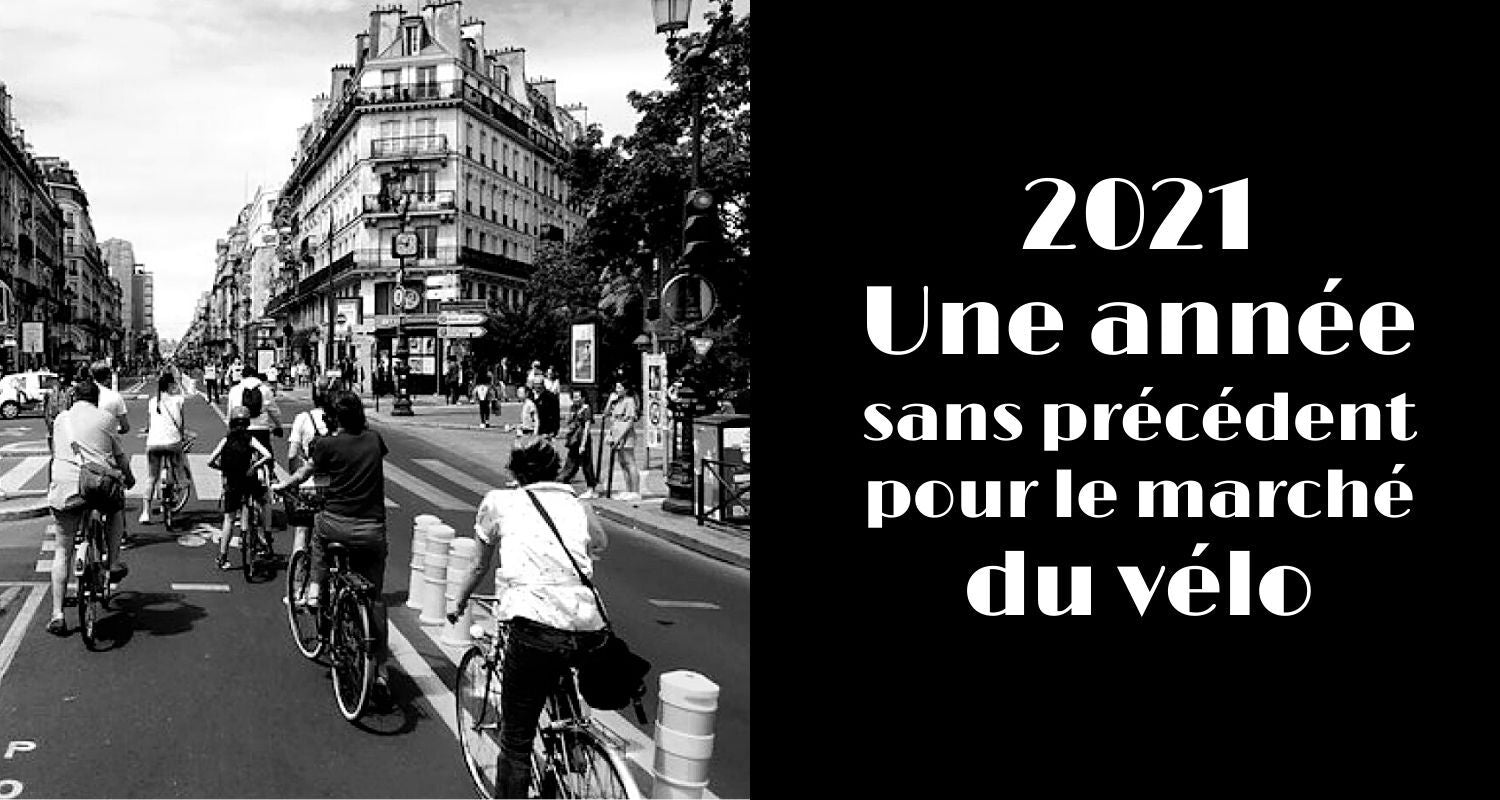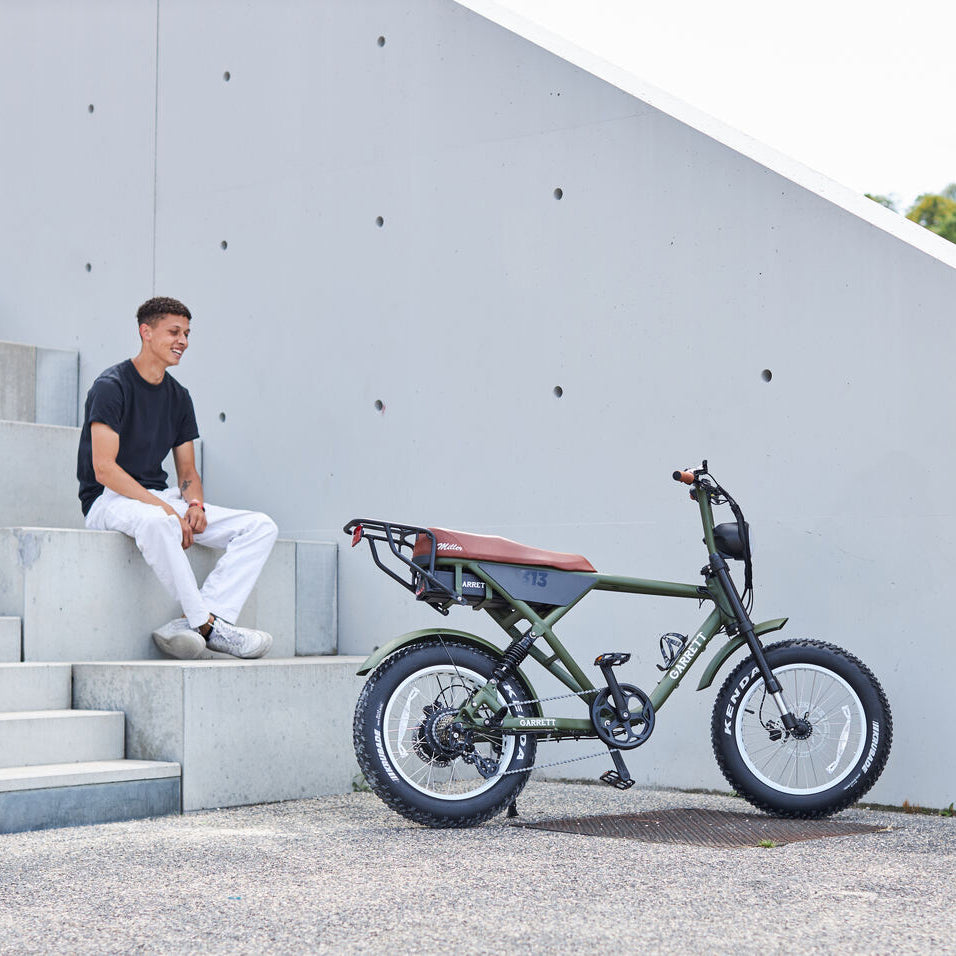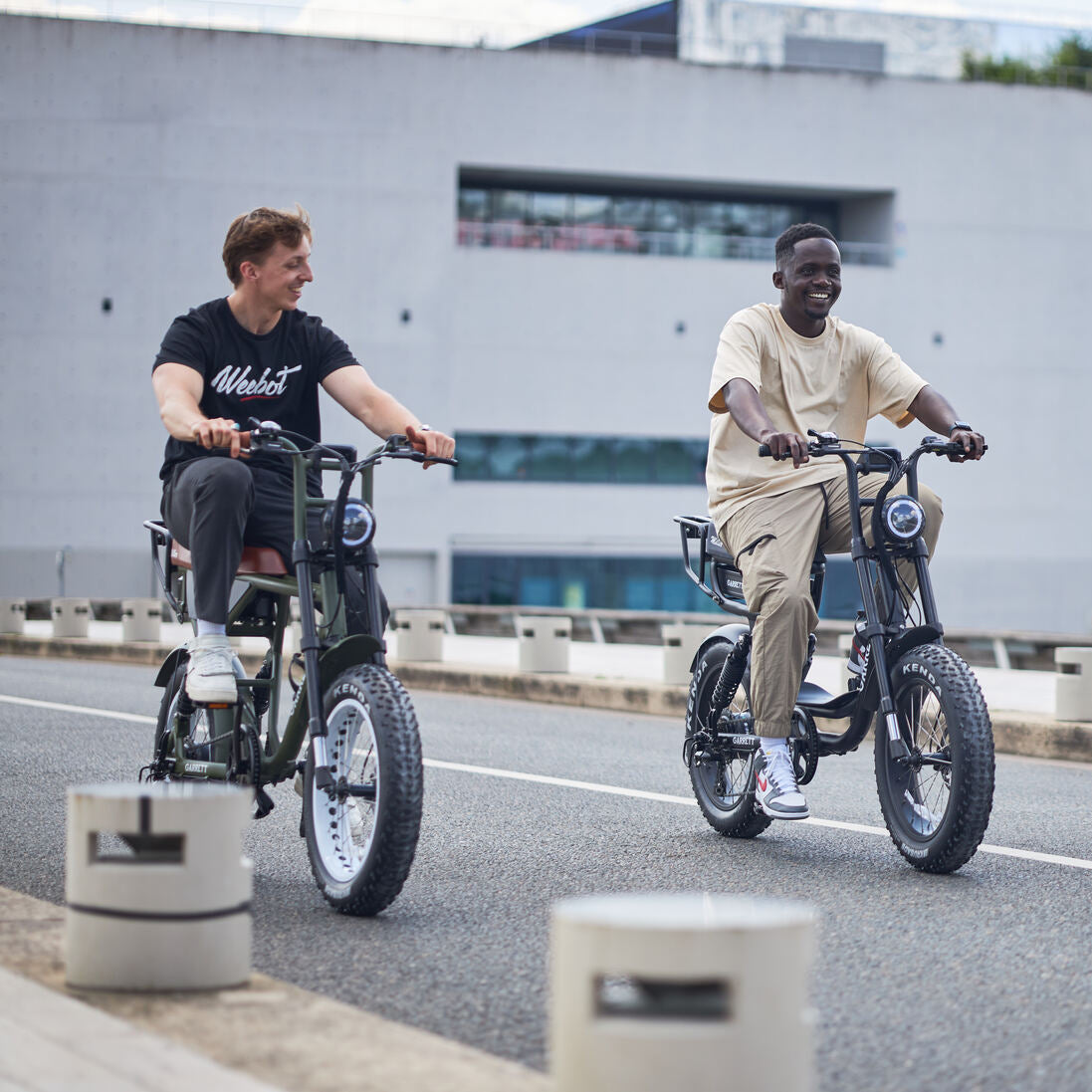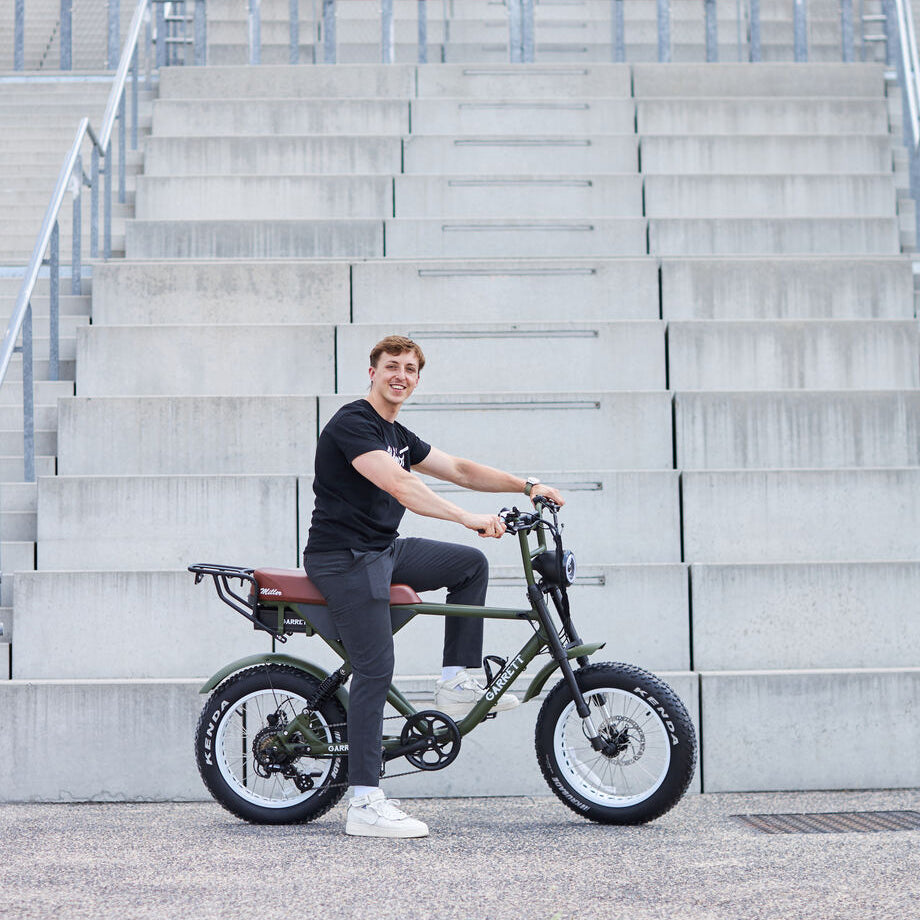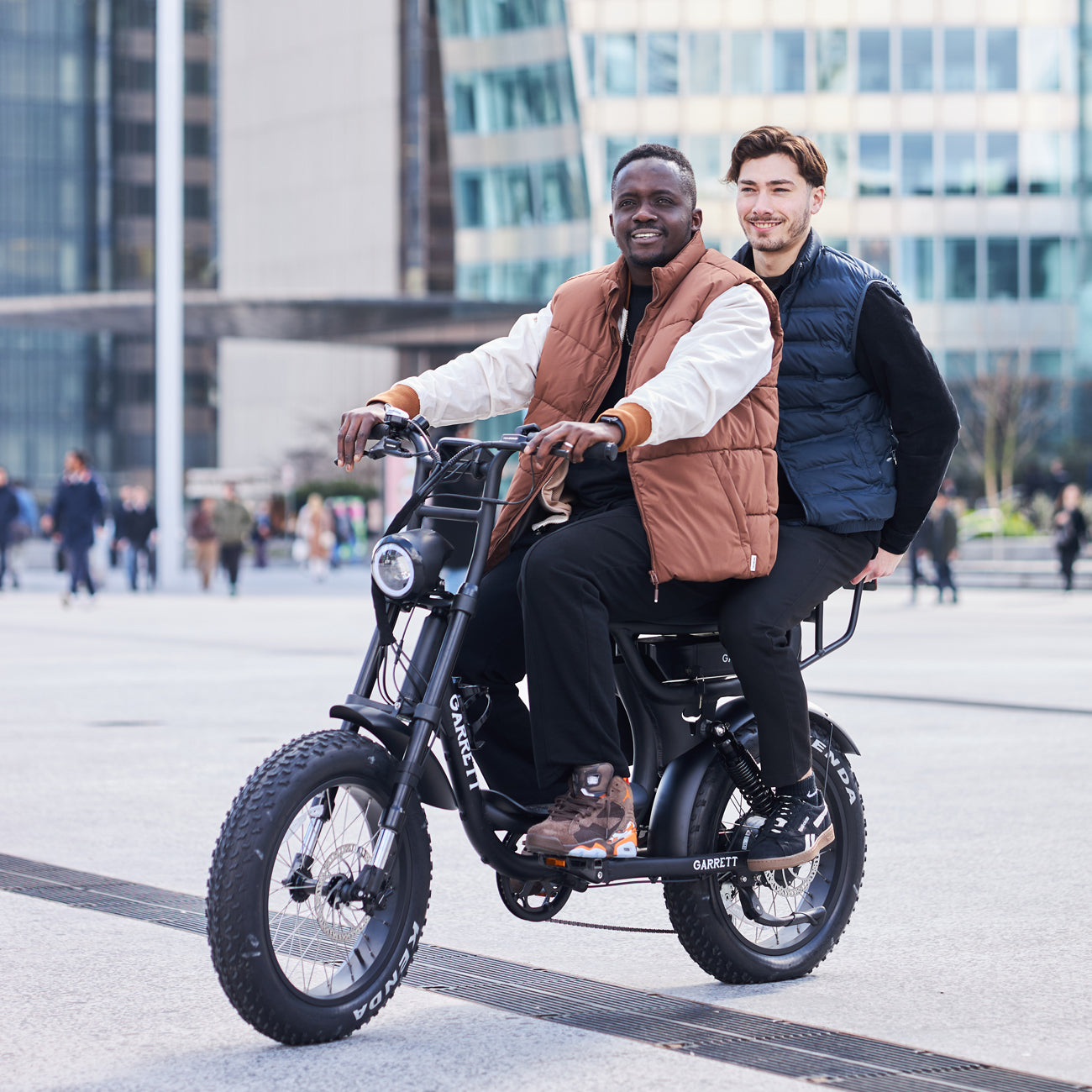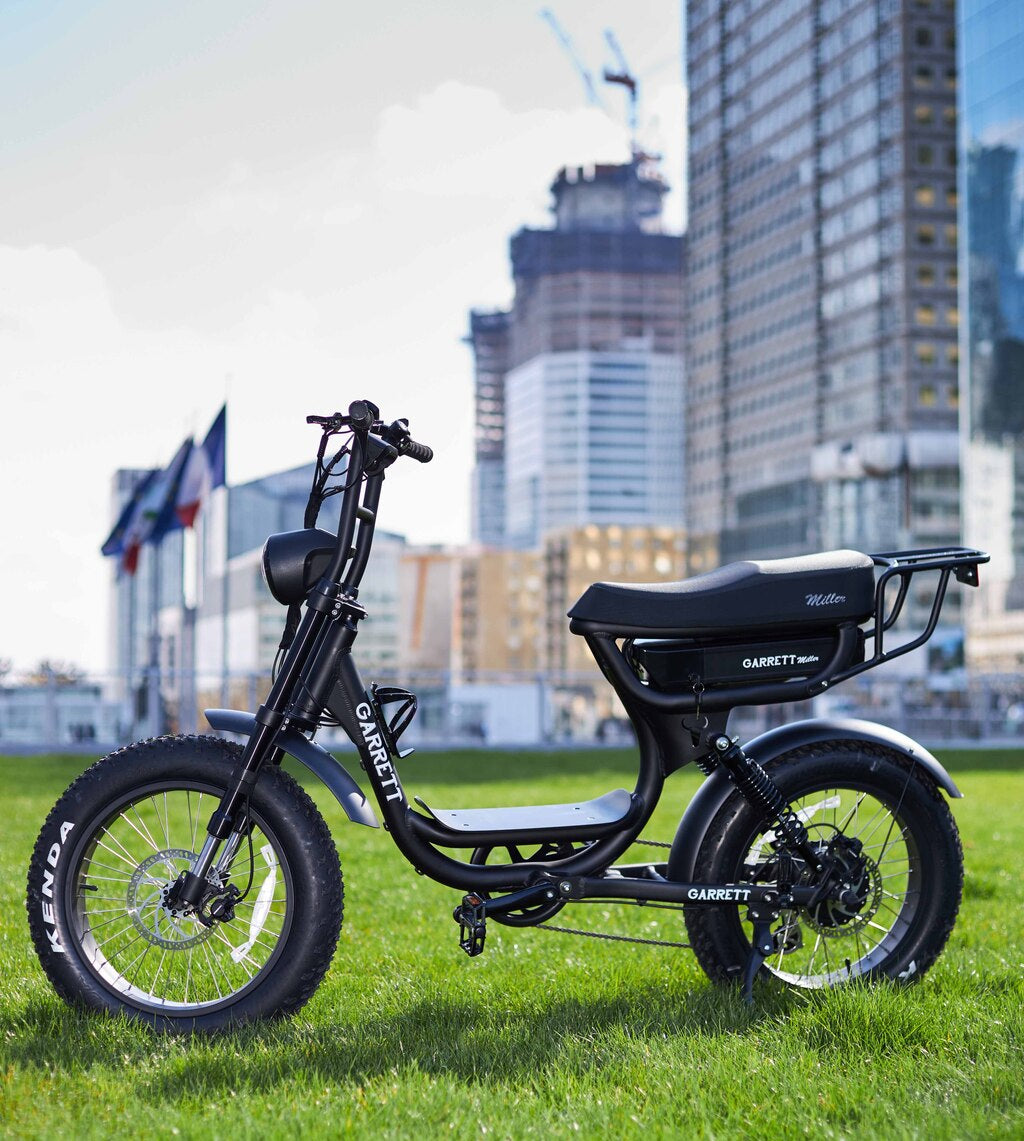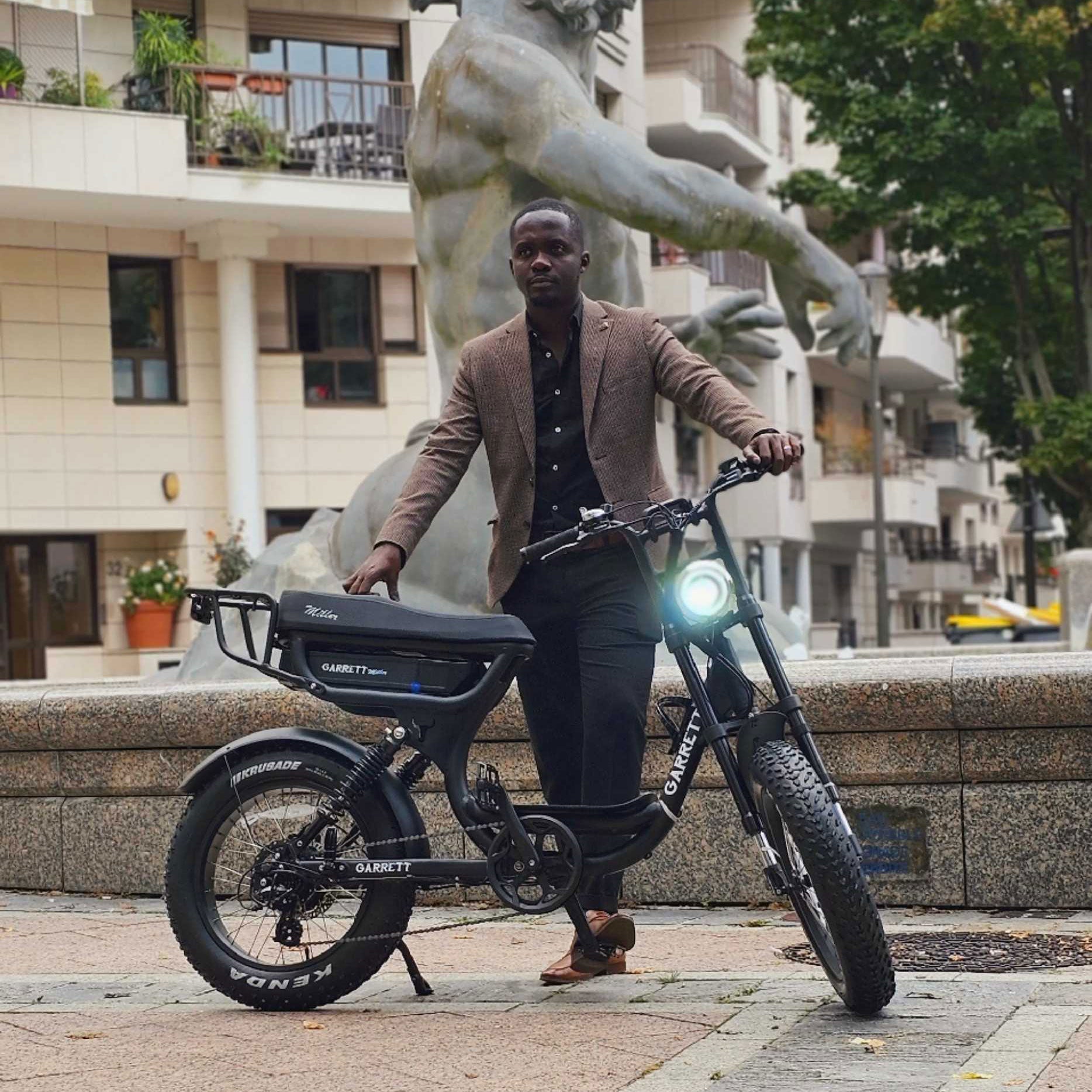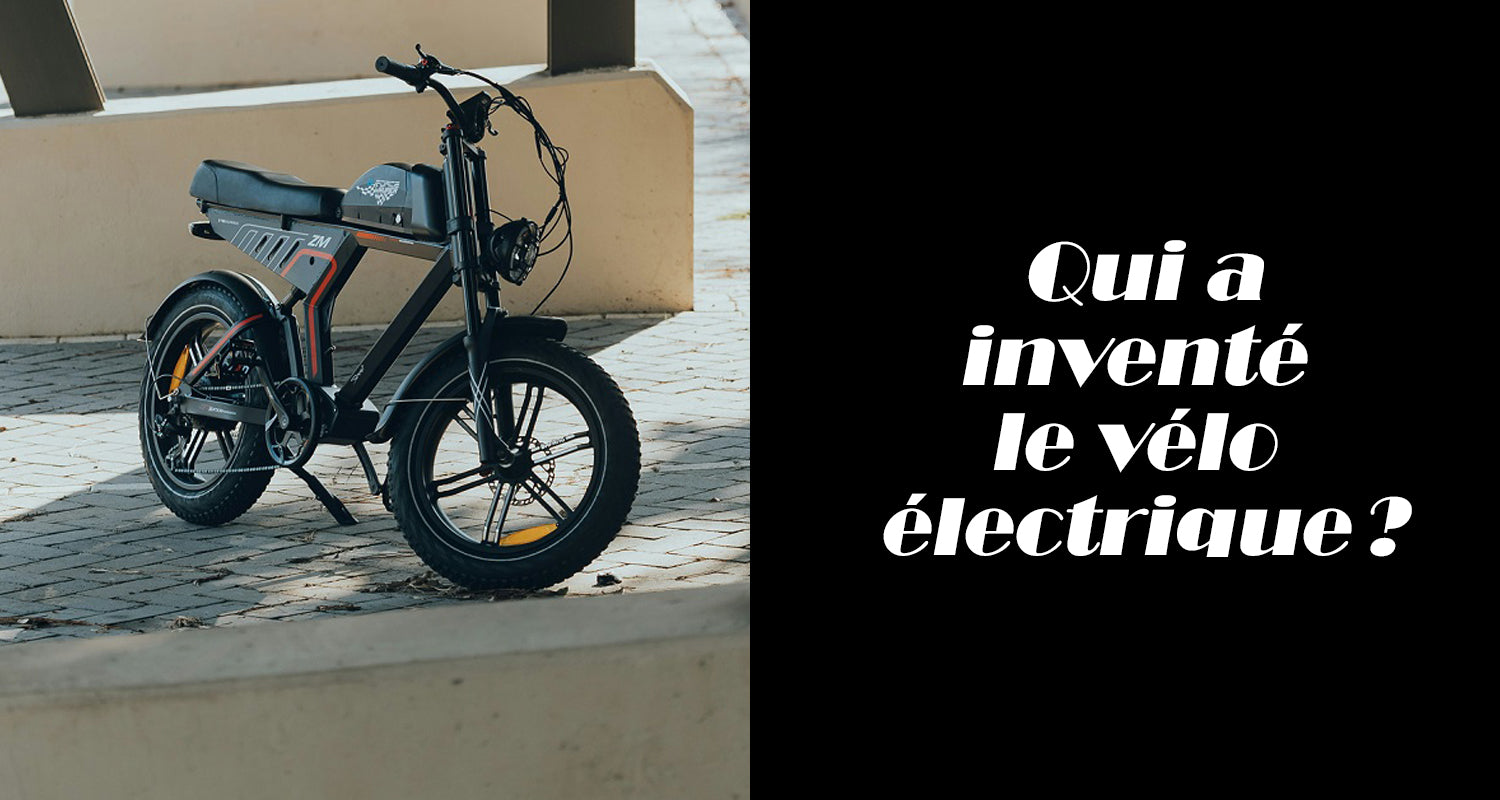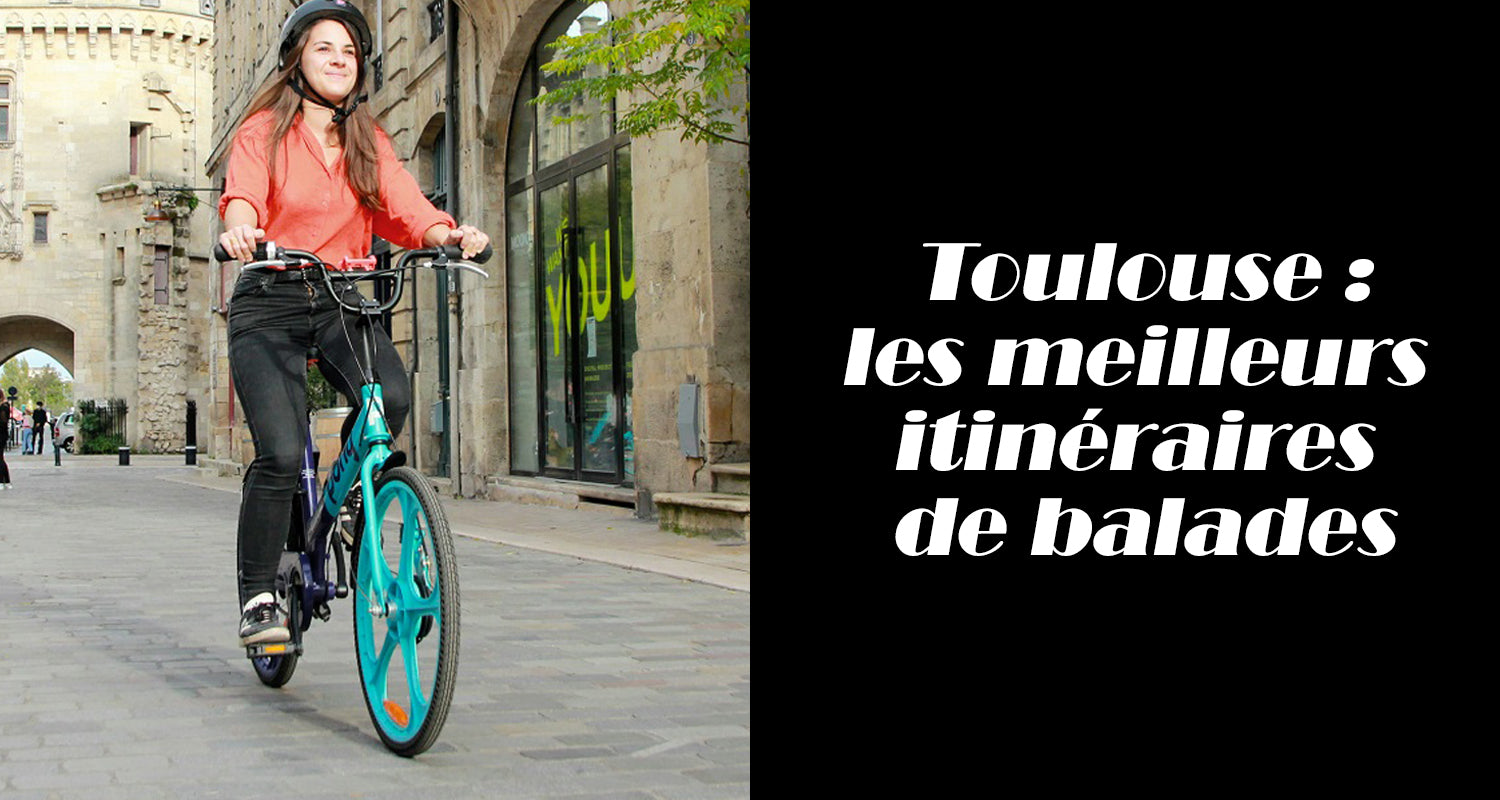It is interesting to ask how the city of tomorrow will be organized.
How will cities adapt and transform in the face of the development of technology?
Will we give priority to bicycles or be invaded by drones and autonomous cars?
We will try to answer all these questions in this article.
THE two main requirements for city travel are: reducing pollution and improving traffic. While it is unlikely to see autonomous or even flying cars like in the films arrive in the short term, the city of tomorrow will have to adapt to new modes of transport.

Towards a total disappearance of cars in the city?
The car will gradually give way in order to meet the demands of reducing pollution and congestion in cities.
Today, in Paris, 50% of the roads are dedicated to motorized vehicles, which only represent 13% of travel modes !
There is also an issue on the professional side. In fact, “last mile transport” represents nearly 40% of pollution in cities.
Companies are now forced to restructure their vehicle fleets and their strategy in opting for more ecological solutions than the good old diesel vans to make their deliveries. Many people have already opted for the cargo bike where the electric bike with trailer.
On their side, cities are taking steps to encourage alternative means of travel : urban tolls, traffic bans, pedestrianization of the banks, 30 zones, cycle lanes, etc.

Public transport and soft mobility, the future of city travel?
Public transport provides the best environmental performance in relation to the number of passengers transported per kilometer. They therefore remain essential in dense areas.
Regarding the use of bicycles, if investments are sufficient, the number of users could increase dramatically.
A Copenhagen, capital of Denmark, renowned as one of the European capitals with the most bicycles, 49% of trips are made by bicycle compared to 4% (even 12 to 15% in certain cities) in France.
France is a larger country compared to Denmark for example, which implies a vision of transport as a multimodal network. Parking lots could be created on the outskirts of cities to then allow users to travel by bike or public transport.
Developments and road works will be necessary to create cycle paths and reduce roads.

European plan to promote cycling
This plan was definitively adopted on May 18, 2021. He covers 54 countries, including the 27 of the European Union. This is a major first on a European scale.
All of these countries demonstrate their desire to promote cycling as an alternative mode of transport. It is a leading initiative that addresses the climate emergency and the need to reduce CO2 emissions.
The goal is to succeed in double the number of trips by bike in just 10 years, it will be essential that the governments concerned put in place a proactive policy.
Of the 54 countries involved, 16 have already adopted a national strategy, while 9 others are developing one for the first time. This therefore means that a majority of these countries still do not have a national bicycle development strategy.
France is one of those countries that will have to put in a lot of effort to achieve the set objective!
Here are the general recommendations provided by the plan:
- Double up on cycling in the region by 2030
- Significantly increase cycling and walking in all countries
- Reallocate space cycling and walking
- Improving mobility infrastructure active in all countries
- Improve security cyclists and pedestrians
- Develop national policies, strategies and plans in favor of cycling
- Integrate cycling into health policies, infrastructure and land use planning
The Netherlands tops the ranking of countries where cycling is most practiced, with 27% of trips made by bicycle.
Countries like Denmark (15%), Belgium (12%) and Germany (11%) share the top of the ranking.
France, for its part, is still lagging behind (2.7%). On the other hand, all have shown increasing figures since 2020, particularly as a result of the coronavirus health crisis.
What is the place of technology in this transformation?
This first goes through a massive electrification and automation of transport (buses, autonomous shuttles, electrically assisted bicycles, etc.). An autonomous metro, for example, means less energy expenditure and more transport capacity.
Secondly, the smart city can provide solutions to promote soft transport. There are sensors that detect when a cyclist or pedestrian arrives to automatically change the light to red. This type of tool also makes it possible to better regulate traffic flows and avoid congestion.
On the other hand, we must be wary of false good technological ideas, such as autonomous cars, which provide user comfort but risk increasing traffic by diverting users from public transport.
Everyone takes more and more awareness of ecological issues. We realize that search criteria for new vehicles are moving towards hybrid or electric models.
These new behaviors are strongly encouraged by the aid put in place for the purchase of such vehicles.
In the future, polluting vehicles will be taxed more and more and removed from city centers, so be a pioneer by adopting the right actions now!


